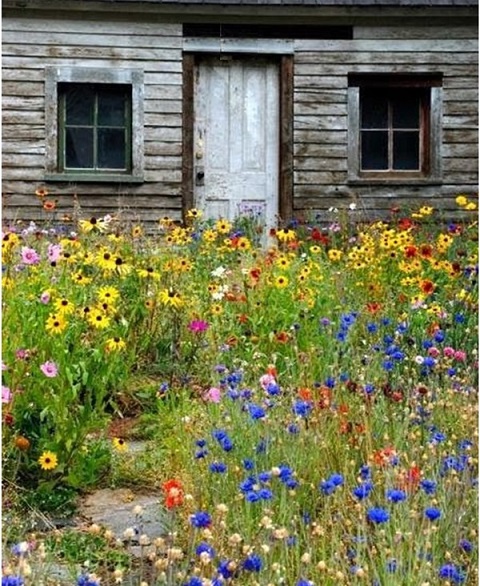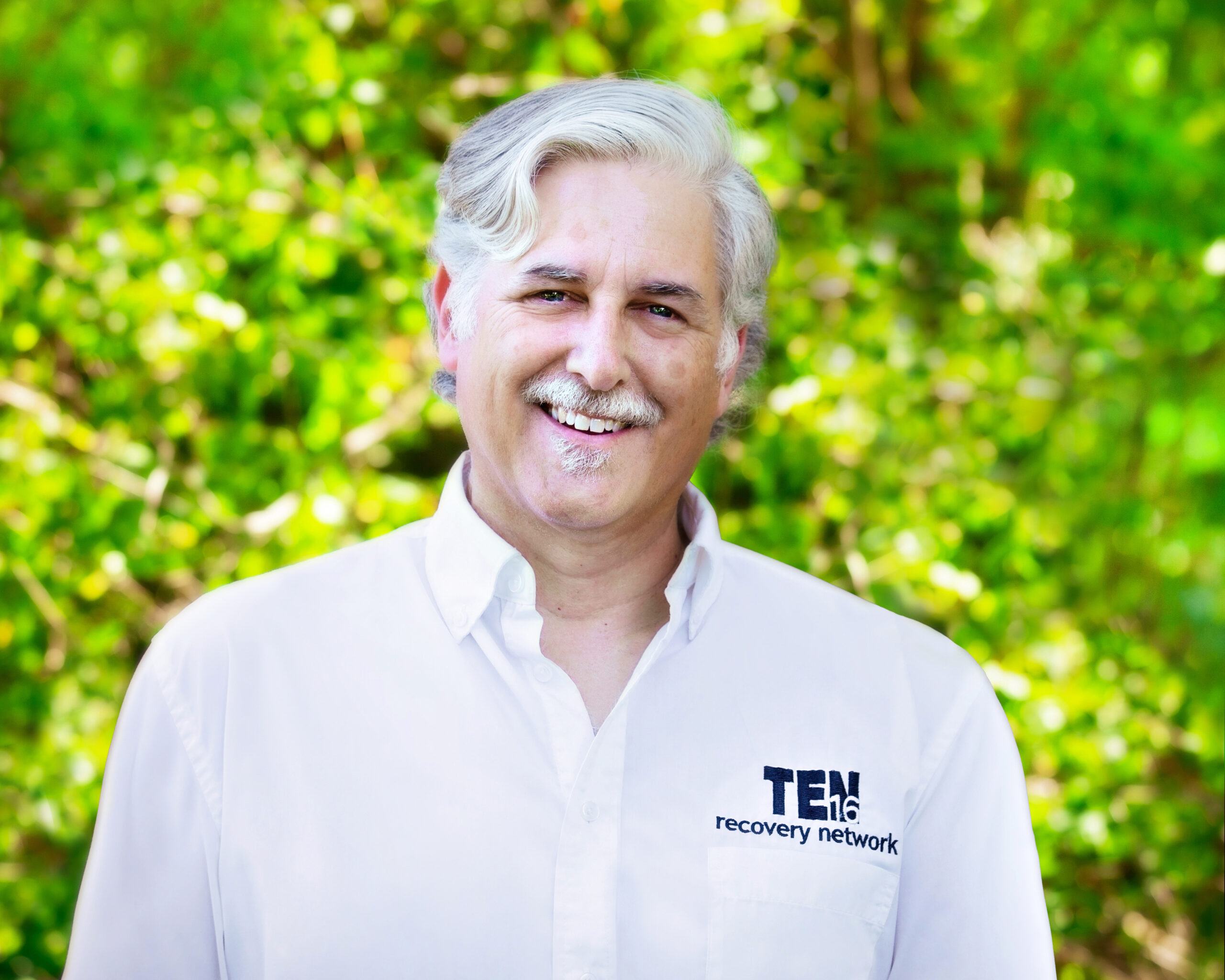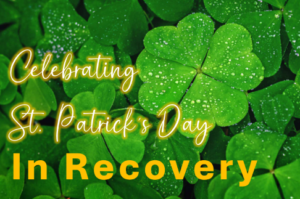The artist is the confidant of nature, flowers carry on dialogues with him through the graceful bending of their stems and the harmoniously tinted nuances of their blossoms. Every flower has a cordial word which nature directs towards him. – August Rodin, sculptor and creator of “The Thinker” and “The Kiss.”
I love this quote. It speaks to the depth and complexity of what we want to think of as simple things, flowers, beauty, and nature. It also evokes the imagery of delicacy of those that wish to tell their stories, their secrets.
We have the privilege of being the confidant of the broken. They come to us with the nuance of their journey, stories, traumas, secrets, and hopes and dreams if they dare to still have them. There is complexity in their journey. Unlike the flower, their bending is only sometimes graceful. Their words are only sometimes cordial. Yet, we hold space for them. If we are entrusted with the beauty of their pain, we must share in the storms that have pelted their blossoms. As we stand firm and stay present, their sense of safety allows them to open up, grow and bloom.
One at a time, we reflect on their stories and help them write a different ending. Whether looking from the flower to the field or from the book to the library, it is in the pivot that we lose nuance to describe this profoundly personal process in a larger context. Author David Shenk wrote, “The paradox of illuminating complexity is that it is inherently difficult to do so without erasing all of the nuance.”
People crave simplicity and predictability. A person in a state of active addiction can devastate those around them. Their disease state has complex nuances that contribute to their continuation and escalation. People want a simple answer that might lead to remission. Simple definitions and explanations. Predictable solutions. But a cunning, baffling, and often deadly disease doesn’t lend itself to that. It is a behaviorally-driven medical condition that develops through different pathways. It can be resolved through different approaches. For those that find recovery through a similar process, the application and internalization of those interventions and supports are personal. Each story is its own book. Some similarities, but no two are alike.
No single person or process has captured the simple answer to how it develops. Or how it is resolved. Many people who develop an addiction have a family history and/or a trauma history. Many don’t. Some people experience “spontaneous remission.” Sadly, some never recover. Some recovery through support groups and a community of accountability. Some through treatment interventions. Some through a newfound faith. Some through a new passion or meaning in life. Many through a combination of these factors. These intervening events cumulatively represent the “harmoniously tinted nuances of their blossoms.”
There are 400,000 different flowering plants on the planet. Millions of blossoms. All different, yet flowers. But to generically call them flowers seems to disrespect nature. In-kind, there are millions of stories about addiction and recovery. All different yet written in the library of life. But to generically call them all books seems to disrespect their humanity. All need to be heard, seen, understood, and valued.
 Contact
Contact FAQs
FAQs




